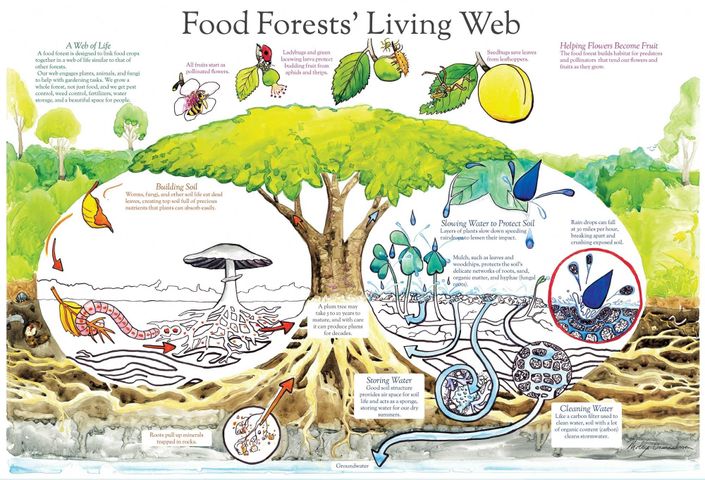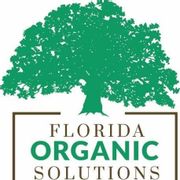
WHAT IS THE SOIL FOOD WEB?
It may look just like dirt. It may look lifeless and bland, but soil is crawling with living organisms. If you dig deep enough, you can see the macro organisms (i.e., earthworms, beetles, beneficial nematodes, etc.), which tend to reside closer to the surface. If you observe further you will see delicate threads of fungi woven throughout the soil. You may need a microscope to see the numerous species of bacteria, but they are there. Moving and transforming energy.
Within this system life gives life and death gives life. The decomposition of material and organisms create a regenerative system that can cultivate a sustainable soil ecosystem. One teaspoon of soil can hold 600 million bacterial cells. It is not always the quantity that matter; it’s the diversity.
The diversity of species can vary by soil type, environment, plant growth and management practices. It becomes a complex universe under our feet. In this complexity, these organisms interact with their surrounding environment and with the plants growing within the soil.
These soil microbes use the organic matter within the topsoil or a soil amendment and hold nitrogen, phosphorus, potassium, sulfur, calcium, iron, etc. There is an energy transfer between species that creates a beneficial environment for the soil and the plant roots. In the soil food web the energy is transferred from producers (plants) to consumers (animals) and decomposers (bacteria and fungi). There are added complexities of secondary consumers (predators). Within the soil, the energy exchange isn’t in a linear transfer, which is how the web idea comes into play.
The next time you’re in your garden, yard or farm, take a moment to inspect your soil. The health of that dirt is the most important element to successful growing. Take time to feed it well.
Considering amending your sandy soil in the Tampa Bay area? Check out Florida Organic Solutions for your soil needs.
Photo: Beautiful poster created by Molly Danielson.
About the Business
Have a question? Ask the experts!
Send your question

